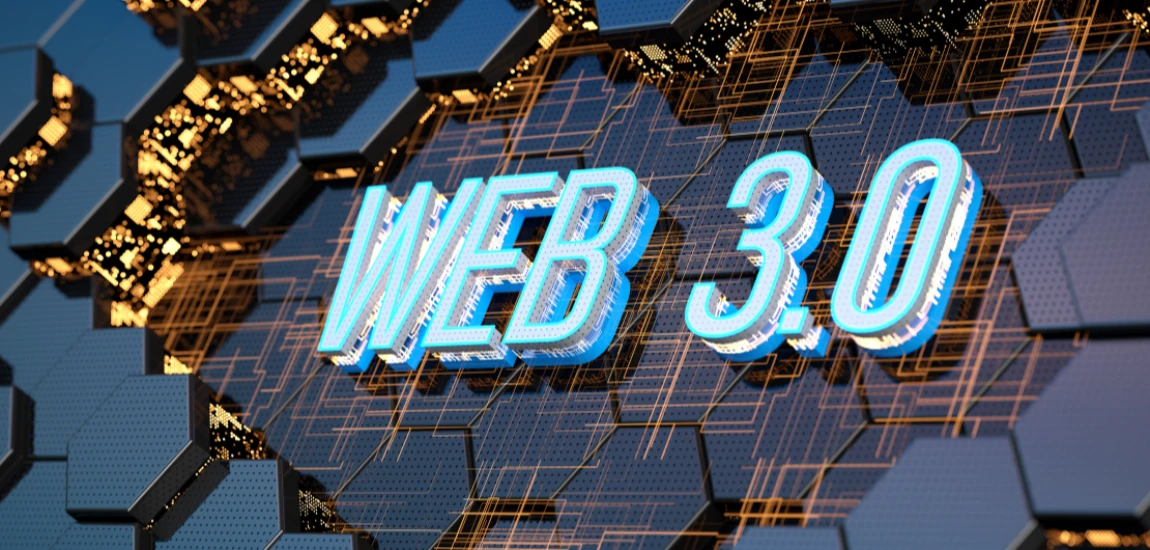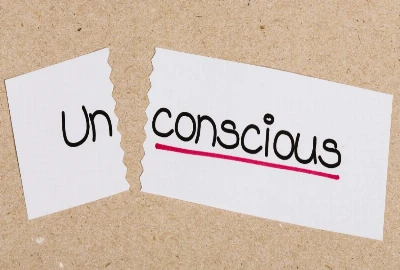Edutainment 3.0: How Content Creators Are Becoming the New Curriculum

In the past, learning was confined to classrooms, textbooks, and lectures. But in the era of Edutainment 3.0, the lines between education, entertainment, and influence have completely blurred. TikTok creators explain climate change in 60 seconds. YouTubers break down quantum physics using memes. Streamers teach coding live while chatting with thousands. The internet has evolved into a global classroom—one that’s open 24/7, fueled by curiosity, and led by creators rather than teachers.
The rise of edutainment isn’t new. Educational TV shows like Bill Nye the Science Guy or Sesame Street pioneered the concept decades ago. But what we’re witnessing today is the third wave—Edutainment 3.0—where interactive, personalized, and algorithm-driven content shapes how we learn. Unlike passive learning, this new model thrives on participation and accessibility.
What’s remarkable is how this shift is democratizing knowledge. You no longer need an expensive degree or institutional affiliation to teach or learn something valuable. A smartphone and Wi-Fi connection are the new textbooks. In this ecosystem, content creators have become the new curriculum developers, and their followers are the new students—each learning on their own terms, in their own style, and often, at their own pace.
The Rise of Edutainment 3.0: From Textbooks to TikTok Tutorials

From Static Lessons to Interactive Learning
Edutainment 3.0 represents a leap from traditional education systems that prioritized memorization to dynamic, immersive learning experiences that prioritize engagement. Platforms like YouTube, Instagram, and TikTok have become informal universities where creators use storytelling, humor, and creativity to make complex topics relatable.
Short-form content, in particular, has revolutionized attention spans. A 60-second TikTok can teach you the basics of personal finance or explain how black holes work—without the intimidation of academic jargon. Learning has become snackable and social, where the barrier to entry is almost nonexistent.
The Creator as Teacher
Today’s educators aren’t just professors—they’re influencers. Creators like Hank Green, Kurzgesagt, and CrashCourse have become trusted names in science, politics, and philosophy. These creators aren’t tied to institutions but to audiences, and their credibility comes from consistency, clarity, and authenticity. They don’t just inform; they entertain, empathize, and engage.
This new model of teaching is driven by connection. Viewers often describe feeling more understood by creators than by traditional teachers because creators speak the language of the digital generation—visual, fast, and emotionally resonant.
Algorithms as the New Lesson Planners
In Edutainment 3.0, algorithms decide what learners see, making them the new gatekeepers of knowledge. While this personalization helps learners discover niche topics, it also creates echo chambers. The challenge for creators and platforms alike is to balance virality with accuracy—ensuring education doesn’t become entertainment at the expense of truth.
The Creator Economy Meets the Classroom

How Schools Are Learning from Influencers
As creators dominate the learning space, even formal education systems are adapting. Teachers are incorporating YouTube lectures, digital simulations, and creator-led courses into their syllabi. Some universities collaborate directly with influencers to produce hybrid content that blends academic rigor with viral engagement.
Education technology (EdTech) platforms like MasterClass, Skillshare, and Coursera have turned influencer expertise into monetized curriculums. You can now take writing lessons from Margaret Atwood or filmmaking classes from Martin Scorsese—all from your laptop. This blend of celebrity and subject expertise makes learning aspirational again.
Students as Active Participants
Traditional education often treated students as passive listeners. Edutainment 3.0 flips that script. Learners now engage through comments, challenges, live chats, and direct messages. This interaction transforms learning into a two-way dialogue rather than a one-sided lecture. The result is a more personalized, community-driven form of education.
Microlearning and the Power of Accessibility
Creators excel at microlearning—delivering bite-sized lessons that fit into everyday routines. Whether it’s a 30-second hack for Excel or a 5-minute explainer on world history, microlearning thrives because it respects the learner’s time. The accessibility of this format empowers people who might not have the means or time for traditional education to learn anytime, anywhere.
The Psychology Behind Edutainment: Why It Works

The Dopamine Loop of Learning
Traditional education often struggled to make learning enjoyable. But digital edutainment leverages dopamine-driven engagement loops—the same mechanisms that make people addicted to social media. Each short, rewarding learning experience provides a sense of accomplishment, encouraging users to keep watching, reading, and learning.
Creators who master this psychology use techniques like story arcs, humor, and gamification to sustain interest. The human brain craves novelty, and by packaging information in entertaining formats, creators trigger curiosity instead of boredom.
Parasocial Learning Relationships
Viewers often form parasocial bonds—one-sided emotional connections—with their favorite creators. These bonds increase retention and trust, making learners more open to information. A student might forget what their teacher said, but they’ll remember how their favorite YouTuber explained it using memes.
This emotional connection humanizes education. When people feel seen, heard, or entertained, they’re more likely to internalize what they learn.
The Blend of Emotion and Information
The best edutainment content strikes a balance between emotional resonance and intellectual depth. When a history creator connects a past event to modern issues or a science creator links physics to pop culture, learning becomes personally meaningful. This emotional relevance is what transforms passive viewers into active learners.
Challenges of Edutainment 3.0: The Fine Line Between Learning and Performance

The Risk of Oversimplification
While accessibility is a strength, it can also lead to surface-level understanding. In the pursuit of engagement, creators may oversimplify complex ideas, leading to misinformation or “fast-food education.” Striking a balance between entertainment and academic integrity remains a key challenge.
Credibility and Accountability
In the digital classroom, anyone can claim expertise. Without peer review or institutional oversight, the line between credible educator and confident influencer can blur. Some creators prioritize virality over accuracy, spreading misinformation under the guise of knowledge. Platforms are now experimenting with credibility verification—badges or certifications to distinguish credible educators from entertainers.
Mental Burnout and Performance Pressure
For creators, constant content production is emotionally taxing. The pressure to stay relevant and algorithm-friendly can lead to burnout. The paradox of Edutainment 3.0 is that the very tools used to democratize learning can also commodify creativity—turning education into another form of content hustle.
The Future of Edutainment: Learning in the Algorithmic Age

AI Tutors and Personalized Learning
The next phase of Edutainment 3.0 will be powered by AI personalization. Intelligent tutors can adapt lessons to individual learning styles, offering real-time feedback and gamified experiences. Imagine an AI that curates a daily learning feed tailored to your goals, combining creator content, news, and research seamlessly.
Hybrid Classrooms and Creator Collaborations
We’re entering a future where schools and creators will collaborate. Hybrid curriculums will combine institutional learning with creator-led content. A biology teacher might use a TikTok explainer in class, while students submit video essays instead of written reports. Education will evolve from rigid systems to fluid ecosystems.
The Globalization of Learning
Edutainment 3.0 also breaks linguistic and cultural barriers. Subtitles, translation tools, and cross-platform reach allow creators to educate global audiences. A child in Brazil can learn astrophysics from a creator in Japan or financial literacy from a teacher in Kenya. This borderless exchange of knowledge redefines education as a collective, global experience.




